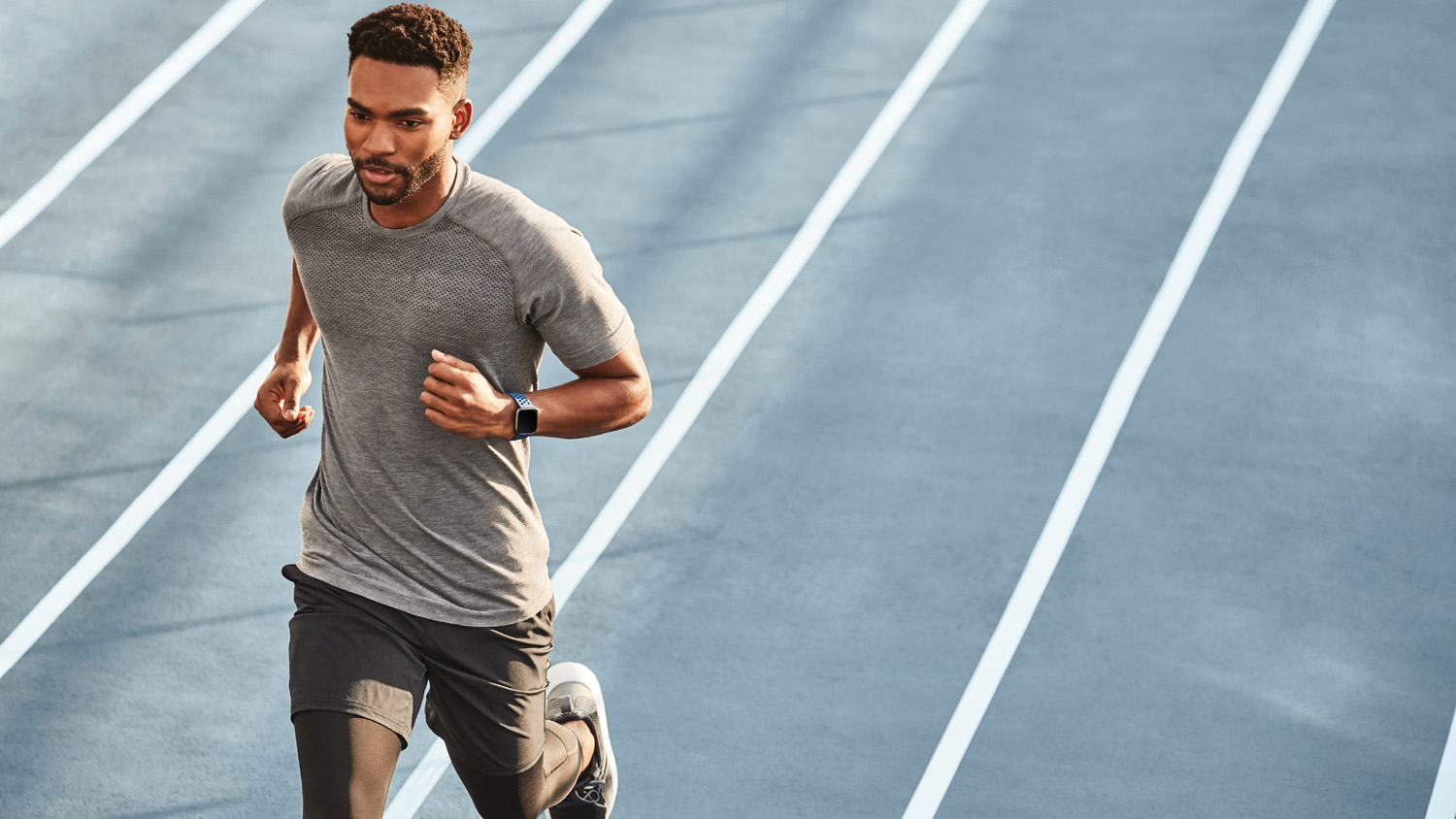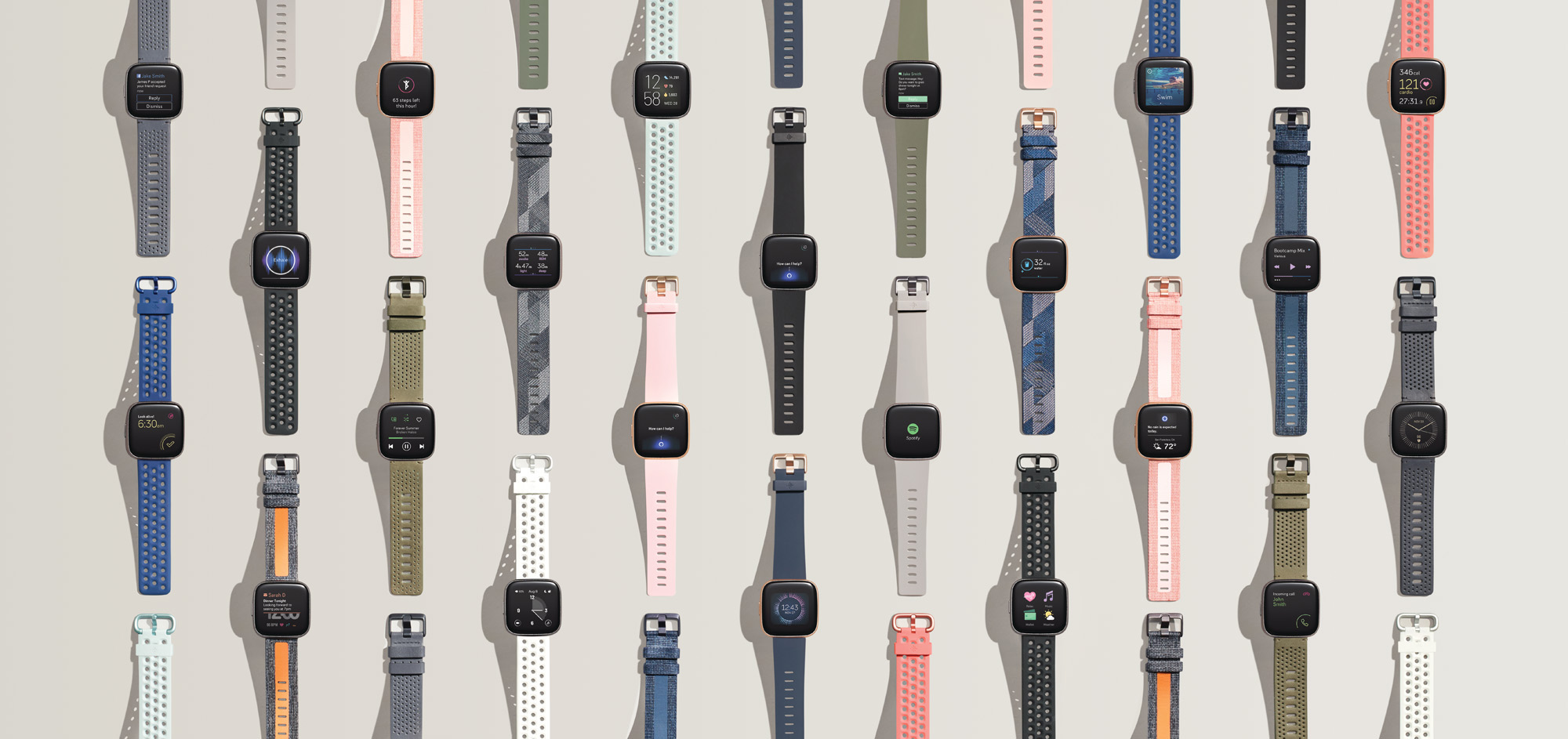According to the World Health Organization's recommendations for physical activity in adults, those of us aged 18-64 should be undertaking 150 minutes of moderate-intensity aerobic activity a week, or 75 minutes of vigorous-intensity activity. But how do you know if you're hitting those numbers? Well, an easy way to keep tabs is by investing in one of the best fitness trackers to monitor your daily activity.
There are plenty of activity trackers to choose from, with some designed for newcomers to exercise, and others offering more comprehensive features for people who workout daily and in a variety of different ways. For example, running, aerobics, hiking or soccer. For affordable activity trackers, check out our guide to the latest and best Amazon Prime Day Fitbit deals.
Fitness trackers can help boost your overall wellbeing, as they remind you to move more throughout the day if you have a tendency to be sedentary (hey, we all enjoy a Netflix binge). They'll act as your a cheerleader, displaying your steps taken, calories burned and fitness goals completed so that you can see what you've accomplished during the day. Some of them also have their own online fitness program, so you can enjoy a variety of exercise at home.
If you're ok with wearing an activity tracker in bed, many of them can monitor your sleep to let you know what length and quality of sleep you're getting at present, and how you could improve it to feel healthier and more energized.
We've tested plenty of fitness trackers here at Top Ten Reviews, and have devised six key questions that should lead you to your perfect device. Let's take a look at these now...
1. What type of exercise do you enjoy doing?
The type of exercise you enjoy doing and want to track could be the most important factor when deciding on the ideal fitness tracker for you. If you prefer exercising in your own home gym or heading to a fitness center (once lockdown passes), you'll likely be spending most of your workout time indoors. That means you don't need to worry about GPS for recording workout data on outdoors runs, hikes or rides.
There are gym-specific trackers that measure movements for weights, but generally it's features such as heart rate monitoring and music playback (where you can store your workout playlists on the tracker) that prove valuable to gym-goers.
Love running? Then a fitness tracker capable of music playback could be the motivation you need to hit a new personal best, as you can pair this type of device with wireless earbuds for a tether-free run, whether you're pounding the pavements or one of the best treadmills for indoor workouts. One of our favorite gym-friendly trackers with onboard music storage is the .
If you're mostly running, hiking or cycling outdoors, GPS tracks your workouts without needing a paired smartphone. The , also featured in our best smartwatch guide, is a good choice here. At the very least for outdoors workout tracking, you'll need an activity tracker capable of using your smartphone's GPS in order to accurately records metrics like distance, speed and pace.
2. Do you need a tracker with a big battery life?
Just like the level of sleep tracking (see below), battery life varies widely between fitness trackers. Some devices last a few hours when used in full GPS-tracking mode, while others can last significantly longer periods when used for basic activity tracking. So if you only want to count your daily steps, a basic tracker such as the will see you right, lasting up to 14 days per charge.
An analogue watch like the can last up to a year, while still offering heart rate tracking, while the Apple Watch Series 5 tops out at around a day, yet offers far more features. Both have an ECG feature. So finding that balance between battery life and features is personal to each of us.
3. Are you interested in tracking your sleep too?
Sleep has a big impact on how fast and how well you recover after exercise, so it's no surprise that the vast majority of fitness trackers offer some level of sleep tracking. A tracker with sleep metrics gives you a picture of how much sleep (and the quality) you're getting each night, and in some instances can dish out more personalized advice on how you can sleep better.
Sleep tracking varies widely between devices, but we're keen on the sleep-tracking smarts of the wellness-focused . That's because it will track your light, deep and REM sleep – and tell you the difference between each stage and which is the most important for recovery – based on your movements and heart rate throughout the night.

4. Will you be wearing your fitness tracker in the pool?
Nowadays, nearly all fitness trackers come with some level of water resistance. If you want to wear your activity tracker while swimming, look for devices rated 5ATM, which means they can be submerged to 50 meters for short periods of time.
Generally, if the wearable lists swim-tracking in its specs list, you don't need to worry about taking it in the pool or ocean for swimming. Plenty of fitness trackers are rated 5ATM, including the and Apple Watch 5.
5. What level of heart rate tracking do you need?
Heart rate measurements have come on leaps and bounds for wearables. Most use a light capable of detecting the varying blood flow through your skin, and this data is used to extrapolate heart rate and even VO2 max (how well your body uses oxygen when you're working out at your hardest) when training.
Keep in mind that some trackers, such as the Fitbit Charge 3, offer active, always-on heart rate tracking, and others are passive, only taking a reading at intervals to create an average picture – usually for sleep tracking.
Some of the latest generations are able to also offer ECG tracking. This offers more medical benefits and is great for those with a heart condition and so could benefit from regularly tracking their heart – and get alerts for any changes. The Apple Watch Series 5 and Withings Move ECG each offer this feature.
6. What other features should your ideal fitness tracker have?
The large majority of trackers now offer contactless payments, which enables you to pay for a snack or drink when you're out on a run or bike ride and don't have your wallet to hand.
Elsewhere, a precious few fitness trackers offer LTE connectivity via a SIM, meaning you can access features from an internet connection, without the need for a phone. Want an example? Think using maps on the Apple Watch Series 5 when trail running or hiking.

